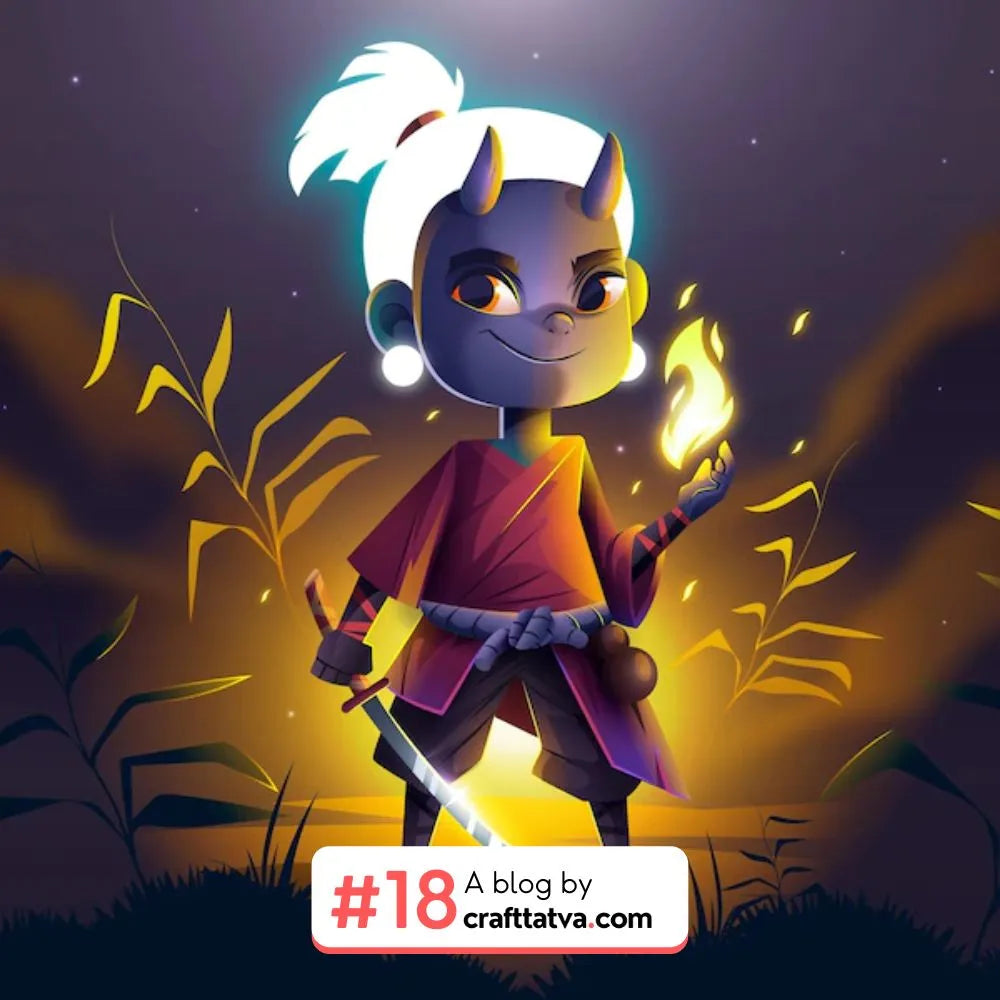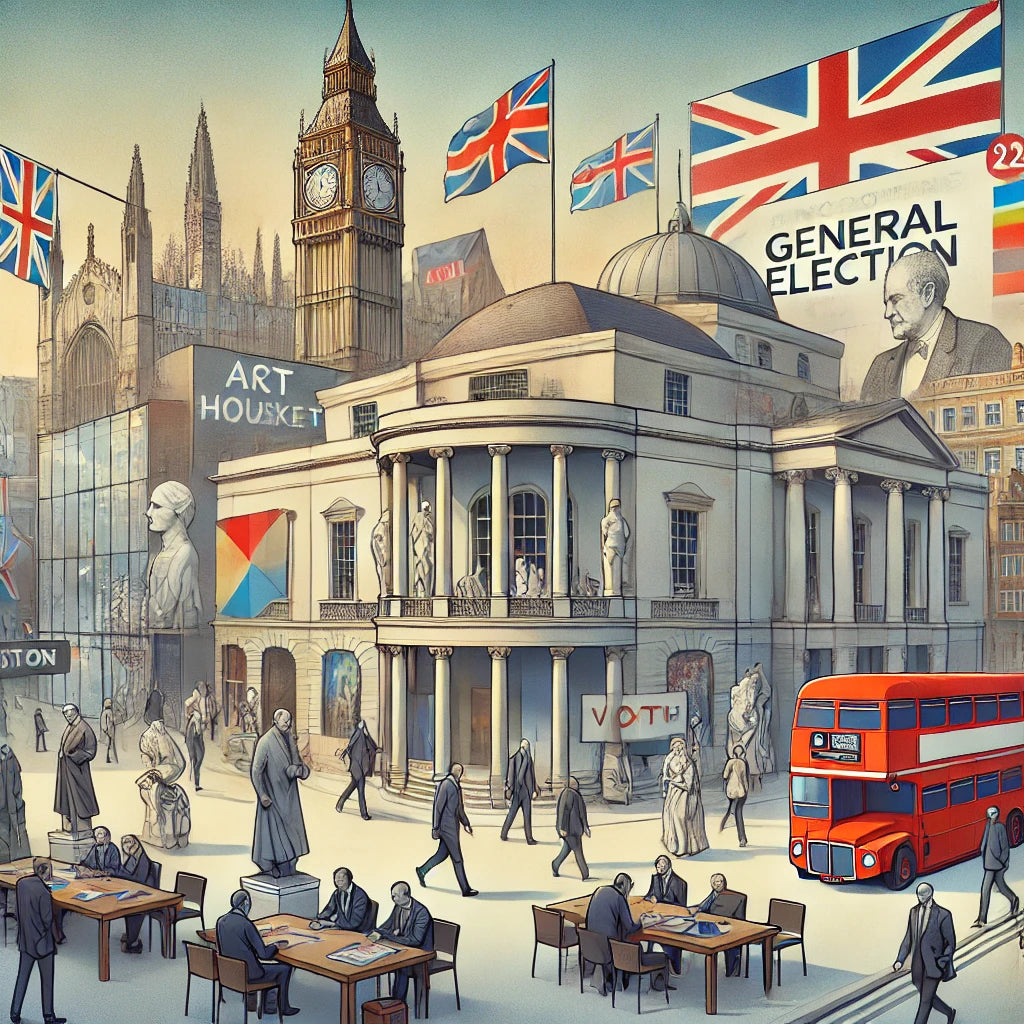The crypto art world has seen some wild highs and lows in the past year, with sky high valuations crashing down to earth. Non-Fungible Tokens (NFTs) have been the face of this crash, so let’s dive into what they are and what led up to their sudden rise and fall.
Introduction
In the past few years, we’ve seen the rise of non-fungible tokens (NFTs). NFTs are digital assets that are unique and cannot be replicated. They’re often used to represent ownership of digital art or other virtual collectibles.
However, in recent months, there’s been a crash in the value of NFTs. In this article, we’ll take a look at what caused the crash, and what it means for the future of NFTs.
The crypto art market is still relatively new, and it’s unclear what will happen next. However, one thing is certain: the rise and fall of NFTs is sure to be an interesting story to watch unfold.
What are Non-Fungible Tokens?
Non-fungible tokens (NFTs) are unique digital assets that cannot be interchangeable. Unlike cryptocurrency, which can be traded for other cryptocurrencies or fiat currency, NFTs have a unique value that is determined by the market.
NFTs are often used to represent ownership of digital items such as in-game items, art, and other virtual collectibles. They can also be used to represent physical assets such as real estate or works of art.
The use of NFTs allows for the creation of new markets for digital and physical assets. For example, an NFT representing a virtual item in a video game could be sold on an online marketplace. This would allow gamers to monetize their time and effort spent acquiring rare in-game items.
Similarly, NFTs could be used to sell pieces of digital art or photos. The owner of the NFT would then hold the copyright to the work and could sell it for a profit. This would provide a new revenue stream for artists and photographers who may not have otherwise had the opportunity to sell their work.
The rise of NFTs has been accompanied by the development of new blockchain platforms specifically designed for handling NFTs. These platforms include Ethereum’s ERC-721 standard, WAX’s NFT protocol, and Counterparty’s XCP token.
Why the NFT Hype Collapsed?
When it comes to non-fungible tokens (NFTs), it appears that the hype has well and truly collapsed.
In early 2021, NFTs were all the rage, with crypto artworks selling for eye-watering prices and everyone from celebrities to major brands getting involved.
However, just a few months later and the NFT market has cooled off considerably, with prices falling sharply and interest in the sector waning.
So, what happened?
Well, there are a few factors that have contributed to the collapse of the NFT hype. Firstly, there was simply too much hype surrounding NFTs in the first place. The media attention and frenzy around celebrity involvement created an unsustainable bubble that was bound to burst at some point.
Secondly, many people got involved in the NFT market without really understanding what they were buying or investing in. This led to a lot of people losing money when the market corrected itself.
Lastly, there are concerns about the environmental impact of NFTs. As they are often stored on blockchain networks, which require a lot of energy to run, NFTs have been criticized for their carbon footprint. This is likely to have put some people off investing in them.
So, there you have it – three key reasons why the NFT hype has collapsed. While the sector may still have some life left in it, it’s clear that the days of crazy price surges and
How to Buy a Crypto Art Piece?
When it comes to buying a crypto art piece, there are a few things you need to keep in mind. First and foremost, you need to make sure that the piece you’re interested in is actually available for purchase. This may seem like a no-brainer, but with the way the market is constantly fluctuating, pieces can go from being available one day to being completely sold out the next.
Once you’ve found a piece that you’re interested in and that is available for purchase, the next step is to figure out how much you’re willing to spend. Remember, just because something is listed at a certain price doesn’t mean that’s what it’s actually worth – or what you’re willing to pay for it. Do some research on the artist and the specific piece you’re interested in before making any decisions.
Finally, once you’ve decided on a price, the last step is to actually make the purchase. This part is relatively easy – all you need to do is find a reputable site or marketplace that specializes in crypto art sales and follow their instructions. And that’s it! Just remember to take your time, do your research, and don’t be afraid to ask questions if you’re unsure about anything.
Alternatives to NFTs
There are a few different ways to skin the proverbial crypto art cat, and many of them don’t involve using non-fungible tokens (NFTs).
One popular method is to create digital art using blockchain technology, but without minting an NFT. This can be done by storing the artwork on a decentralized storage platform like IPFS, and then creating a hash of the file which is stored on a blockchain. The advantage of this approach is that it doesn’t require the use of an NFT, which means it sidesteps many of the issues associated with NFTs (including high transaction fees and scalability issues).
Another option is to create so-called “tokenized art” which involves creating digital art that can be bought, sold, or traded using cryptocurrency tokens. These tokens can be stored on a blockchain platform like Ethereum, and they can represent fractional ownership in the underlying asset (i.e. the digital artwork). The big advantage of this approach is that it makes it possible to trade pieces of digital art in a frictionless way, without having to go through the hassle (and expense) of minting an NFT.
Finally, there’s always the tried-and-true method of simply selling digital art outright for cryptocurrency (or fiat currency). This has been happening for years now and doesn’t require the use of any fancy blockchain technology. Of course, there are some
Conclusion
It’s been a wild ride for crypto art over the past few years. From the early days of Bitcoin to the rise of non-fungible tokens, it’s safe to say that this corner of the digital world has come a long way. However, as with any new technology or market, there have been growing pains along the way. The most recent example of this is the so-called “crypto art crash” that has seen prices for NFTs plummet in recent months.
While it remains to be seen whether NFTs will recover from this setback or if they will go the way of other failed technologies, one thing is certain: the world of digital art is here to stay. Whether you’re a collector, artist, or simply someone who appreciates great artwork, there’s never been a better time to get involved in this exciting and ever-evolving field.
References:







